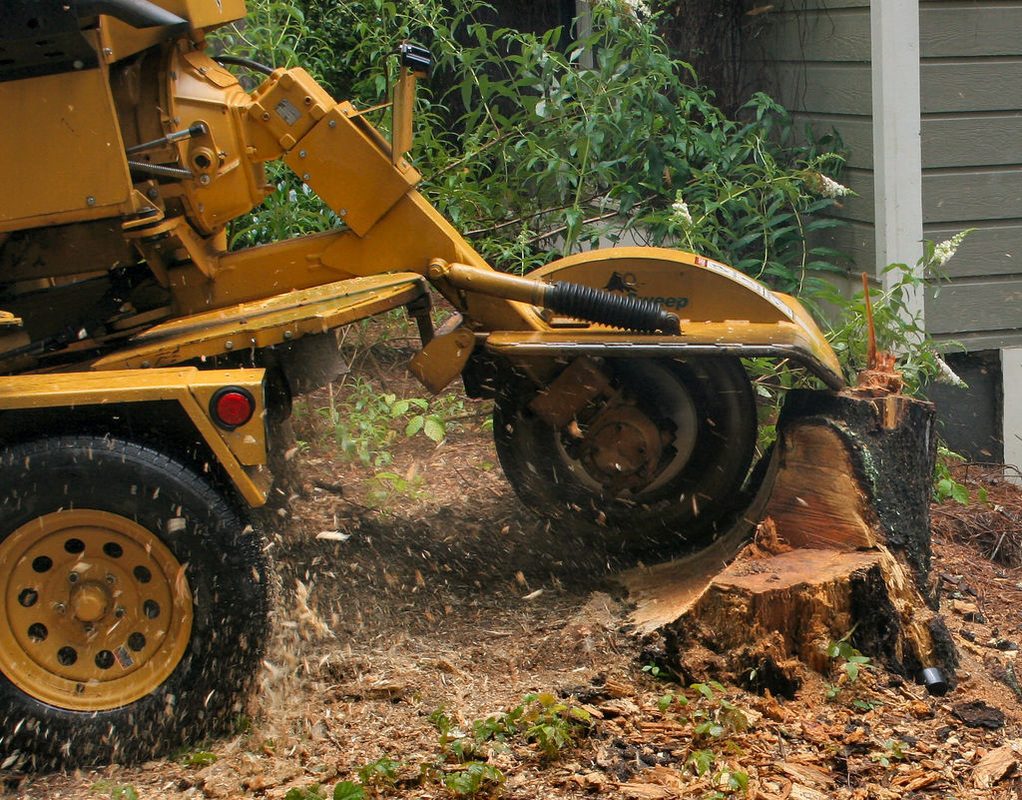Winter & Summer Tree Care (734) 224-4690The tempests, ice and quick temperature variances above and beneath zero normal for winter climate take their toll on trees crosswise over northern North America. Notwithstanding for species local to colder districts this is a distressing time. What's more, this is especially valid for the uncovered and detached trees of the private scene. Some of this anxiety is unavoidable. The normal tree proprietor has little control over the atmosphere, at any rate in this way! In any case, there are things that you can do to minimize the harm brought on by the anxieties of winter.
Ice harm to tree in winter Frosty anxieties take various structures. The first is the impact on full grown trees of a fast change between daytime warmth and evening time solidifying. These temperature varieties can prompt burdens inside of the tree between the external bark and inward wood prompting breaks called ice splitting or southwest harm (the side getting the most winter daylight). (See picture) What to do As a rule, there is next to no that should be possible to anticipate ice breaking. What's more, as a rule, the tree can repair itself despite the fact that the broke territory stays powerless and resulting splitting at the same spot can bring about real harm. On account of youthful trees and trees, for example, palms and different tropicals, the tree proprietor should seriously mull over wrapping the bark as a major aspect of the fall support technique. TreeHelp.com offers exceptional Cold Weather Tree Blankets for this reason. What's more, to further counteract winter harm and also to lessen dampness misfortune, an utilization of Wilt Pruf can be exceptionally helpful. Issue Another icy anxiety is the effect of sudden early ices on late development. Late season tree development is defenseless in light of the fact that it doesn't have the same time as set up development to get ready for frosty. Ice precious stones can crack the cell dividers on the new tips of branches prompting cease to exist the accompanying season. What to do To stay away from this, you ought to abstain from pruning until after the tree has gone into torpidity in the fall. Pruning too early may empower new development and expansion the danger of ice harm. Likewise, abstain from utilizing composts with high measures of speedy discharge Nitrogen. Trees can unquestionably profit by appropriate fall treatment (e.g. TreeHelp Fall Fertilizer), however it is critical to recognize what to evade. Winter Drought Now and again amid the winter, especially for evergreens, drying out can be a genuine issue. Winter dry season happens when a tree loses more water than it can assimilate from solidified ground and is particularly intense amid the early spring when the ground stays solidified while the spring sun starts warming whatever remains of the tree. Blustery conditions can likewise intensify the issue. What to do While there is no certain flame answer for winter dry spell, you might have the capacity to control the issue by setting out a thick layer of natural mulch around the base of the tree in late fall before winter's onset. The mulch can moderate dampness misfortune and overflow while going about as a temperature cushion for the roots. Branch Breakage Branches are more defenseless against breakage amid the winter. Especially for deciduous trees, the wood solidifies and turns out to be to some degree more fragile and vulnerable to wind harm. At that point there is the issue of ice and snow aggregation which influences both deciduous trees and evergreens alike. What to do The way to minimizing branch breakage lies, at the end of the day, in great fall tree support, especially pruning. Pruning feeble and helpless branches and uprooting one appendage of a couple sharing a profound "V" groin can make the whole tree less vulnerable. One answer for little trees and bushes may be to cover the whole tree with a strong tent-like lodging. Furthermore, for bigger evergreens, you may consider utilizing rope to tie up and strengthen branches. Rodents Issue Amid the winter, trees can turn into an objective for rodents searching for rare sustenance. Aside from deer in the more rustic regions, the two noteworthy guilty parties are mice and rabbits both of which bite bark and can support trees. Squirrels can likewise turn into an issue. (Click here for data around an intriguing innovation that repulses squirrels.) What to do To prepare for mice, leave a space between the mulch and the storage compartment of the tree and check much of the time. In the event that mice are turned out to be an issue, you might need to consider setting out lure. Take after bundle headings deliberately. Rabbits can be dissuaded by wire network fenced in areas. Business paint-on anti-agents are additionally accessible. Counsel your neighborhood tree administer to points of interest. Winter Preparation Checklist While including new trees, buy just those species local to your region's solidness zone. Trees local to zones even one zone milder than yours strength experience huge burdens amid your district's winters. Keep up great tree upkeep consistently. Solid sound trees will dependably have a less demanding time than feeble and harmed ones. Do a post spring assessment of your trees each year. Speedily treat any harm that you find. In get ready for winter, recollect to prune when your trees have entered lethargy after the danger of new development. Apply a decent fall compost that advances root development over leaf development. Lay a layer of mulch down around the bases of your trees to direct temperature variances and dampness misfortune. Bear in mind to leave a space between the mulch and the storage compartment of the tree to dishearten mice. Check once in a while amid the icy season for indications of rat harm. Use trap, fenced in areas or anti-agents as vital. |
|





